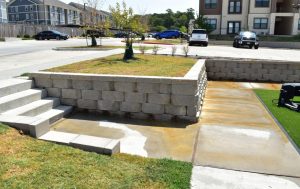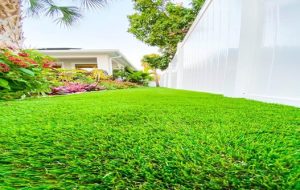How Many Solar Panels to Run a House Off-Grid

Did you know the global off-grid market serves 420 million people every year? Solar panels for off-grid use have also grown in popularity as more Americans install them. Homes connected to the grid make it easier than ever to switch to off-grid living and enjoy unlimited power.
It’s also possible to disconnect from the local grid if you have a mobile home or a tiny house that moves around.
Are you thinking about taking your house off-grid with a solar system? Do you know how many panels you’ll need to power your home?
This article will show you how to calculate the number of solar panels you need based on your energy consumption.
Off-Grid and On-Grid: What’s the Difference?
What are the main differences between an off-grid and an on-grid solar system? Here are some of the key differences:
Off-Grid
An off-grid solar panel system can provide enough power to run a house, even in winter when sunlight is weaker. Since an off-grid system is not connected to the main grid, batteries are needed to store energy.
Off-grid systems are typically more expensive because the batteries and inverters can be costly. Due to this, off-grid solar systems are usually used in remote locations far from the grid. Even though the cost of batteries is continuing to fall in many regions, some people in towns and cities are still choosing off-grid systems.
Off-Grid Pros:
- Can be used without connecting to the main grid.
- Batteries store power to use at night.
- Ideal for remote areas without grid access.
- Not affected by local power outages or infrastructure problems.
On-Grid Solar System
Most homeowners use on-grid solar systems. These systems connect to the main grid using solar inverters, so batteries are not required.
If you generate more solar energy than you need, you can sell the excess to the grid. You usually receive utility credits or other compensation when you do this.
Inverters play a key role in on-grid solar systems. They convert the electricity produced by your solar panels into a form that your electronics, appliances, and lights can use.
However, these systems can’t produce electricity when there is no power from the grid. This is a safety measure. Blackouts are usually caused by a malfunction in the electricity grid, and if a solar inverter were to send power into the grid during a blackout, it could put repair workers at risk.
Solar systems with batteries connected to the grid can be temporarily disconnected from the grid during a blackout. This is known as “islanding.”
On-Grid Pros:
- Cheaper and simpler to install than off-grid systems.
- You can recover your costs in 3 to 8 years through savings on electricity bills. This process is faster if you use available incentives.
- Can generate extra energy, which can earn you money.
- Clean, renewable energy source that benefits the environment.
By understanding the pros and cons of on-grid versus off-grid systems, you can choose the best solar solution for your needs. With the right system, you can enjoy clean and affordable energy as long as it is installed correctly.
This post was written by Daniel Massaad, owner and expert solar technician at Energy Solutions Direct! ESD is the top choice for Tampa Bay Solar! Our licensed and certified contractors are masters of their craft; with years of experience servicing the great Tampa Bay area and beyond, the choice is simple. ESD excels at offering you the best in solar value!







:strip_icc()/Avondale3651_preview-f4ddd8da176042d1b0c93a6b35944680.jpg)
